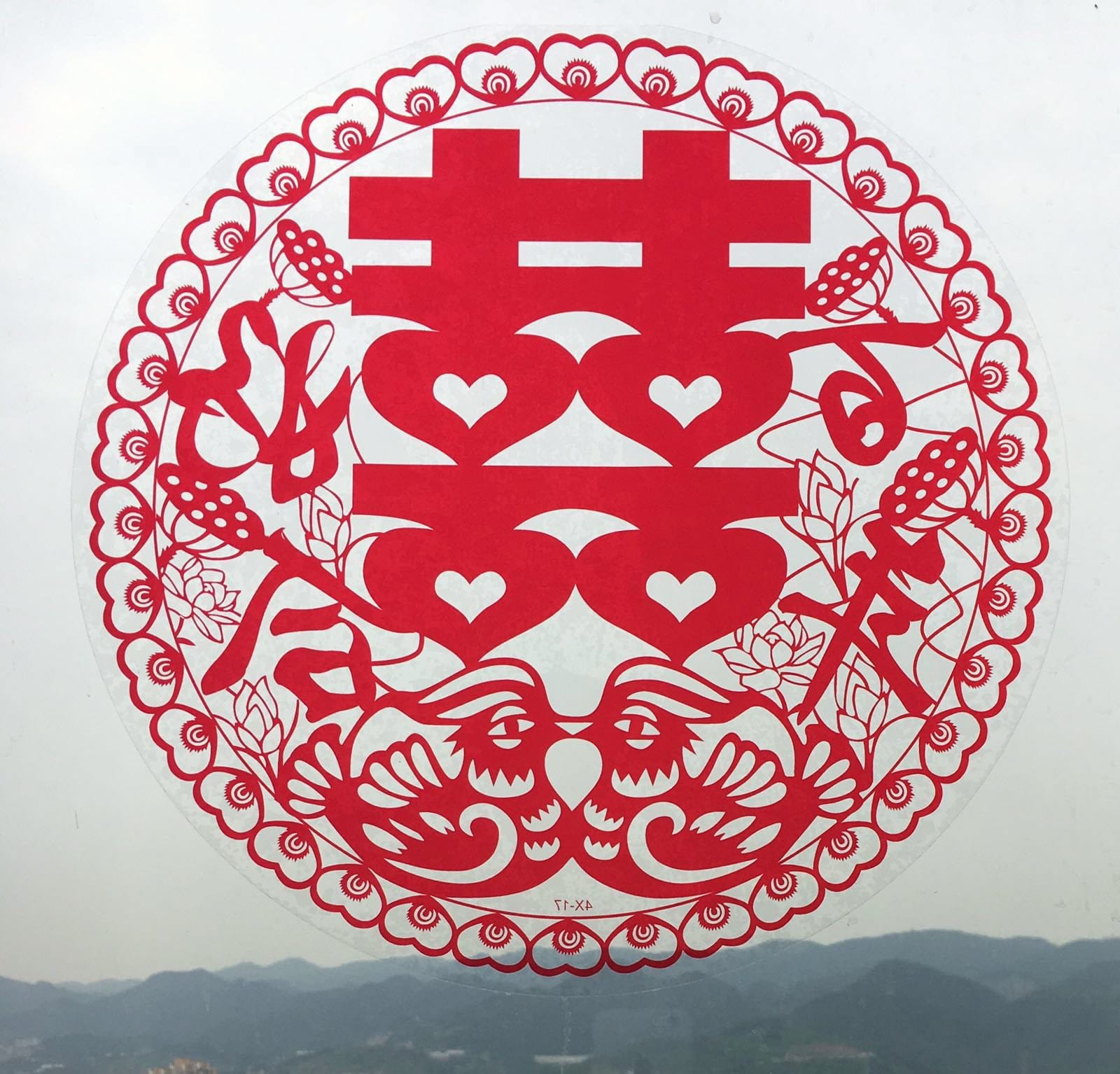Catholic Island
Yim Tin Tsai (鹽田梓) is a unique and interesting day trip from the busyness of Hong Kong
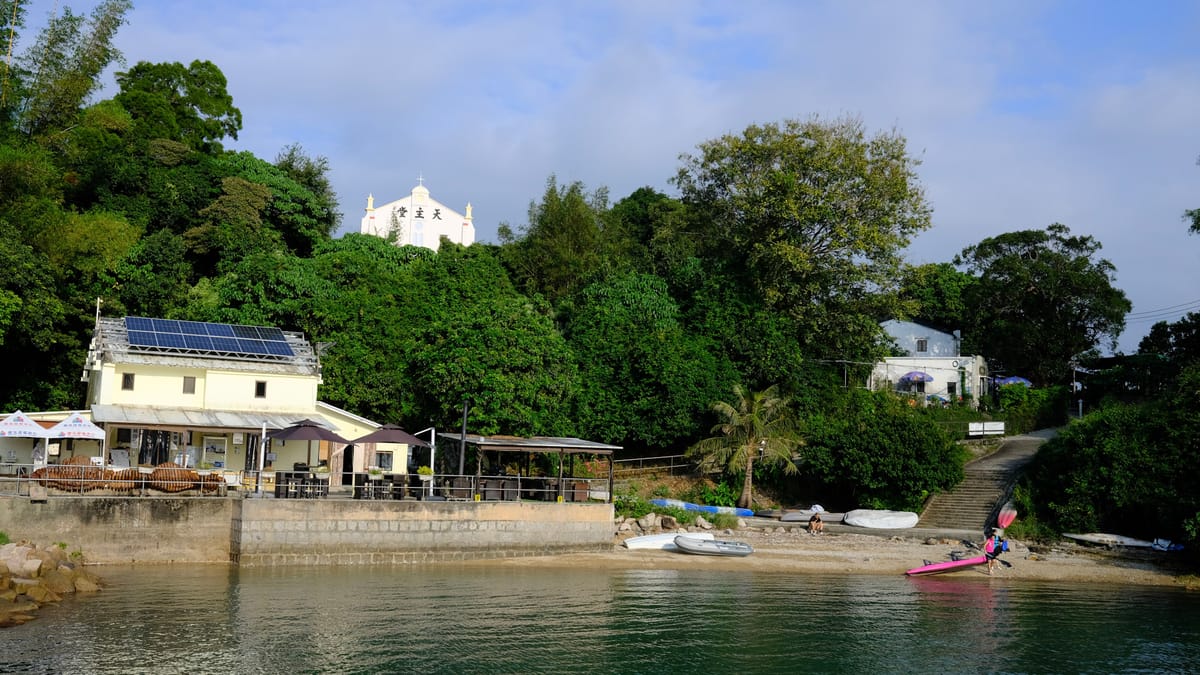
I asked my partner if he wanted to go to 'Catholic Island.' He gave me a weird look and said sure. He asked for the Chinese name. I butchered the romanization of the name, as usually happens.
We got on the mini-bus in Choi Hung (彩虹)and took it up to Sai Kung (西貢), which dropped us off near the centre of town. We walked through the Saturday crowds. The town is usually busy on the weekends with people heading out on the party boats called junks or going off to one of the many hiking trails in the area. At the pier, he knew exactly where we were going as soon as we came close to the boat.
Yim Tin Tsai (鹽田梓) is only a 15-minute boat ride from Sai Kung Pier. Its name means 'little salt pan', which is how the island was settled and continues to produce salt. We took a sampan, a small boat with a flat bottom, to get there.
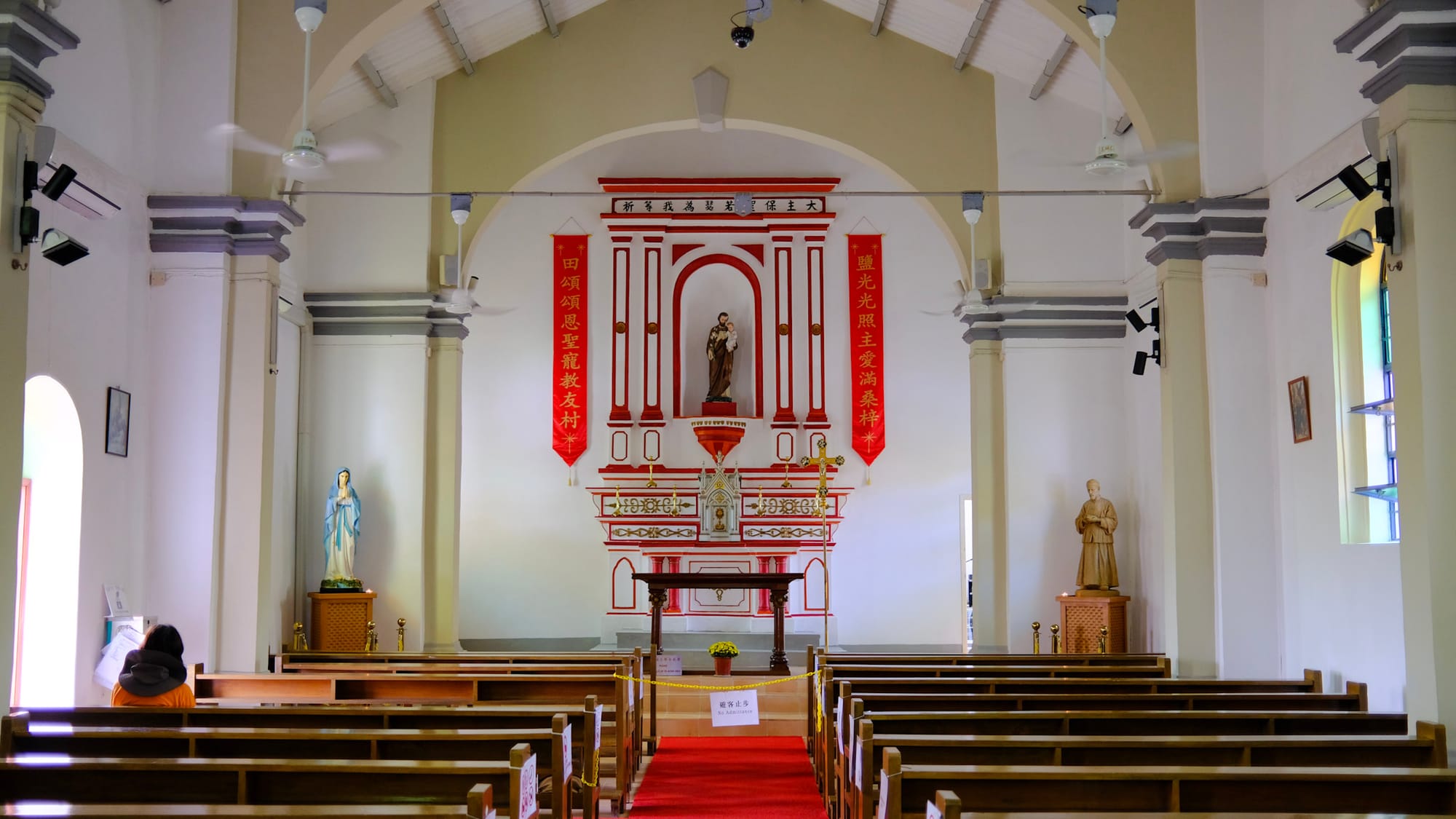
Upon arrival, one of the most notable structures to notice is St. Joseph's Chapel, built in 1890 by European missionaries who came to spread their faith in Asia. The villagers embraced Catholicism. Joseph Freinademetz established the chapel during his two-year stay on the island, but later spent many years in China and its surrounding areas. The church was restored in the early 2000s.
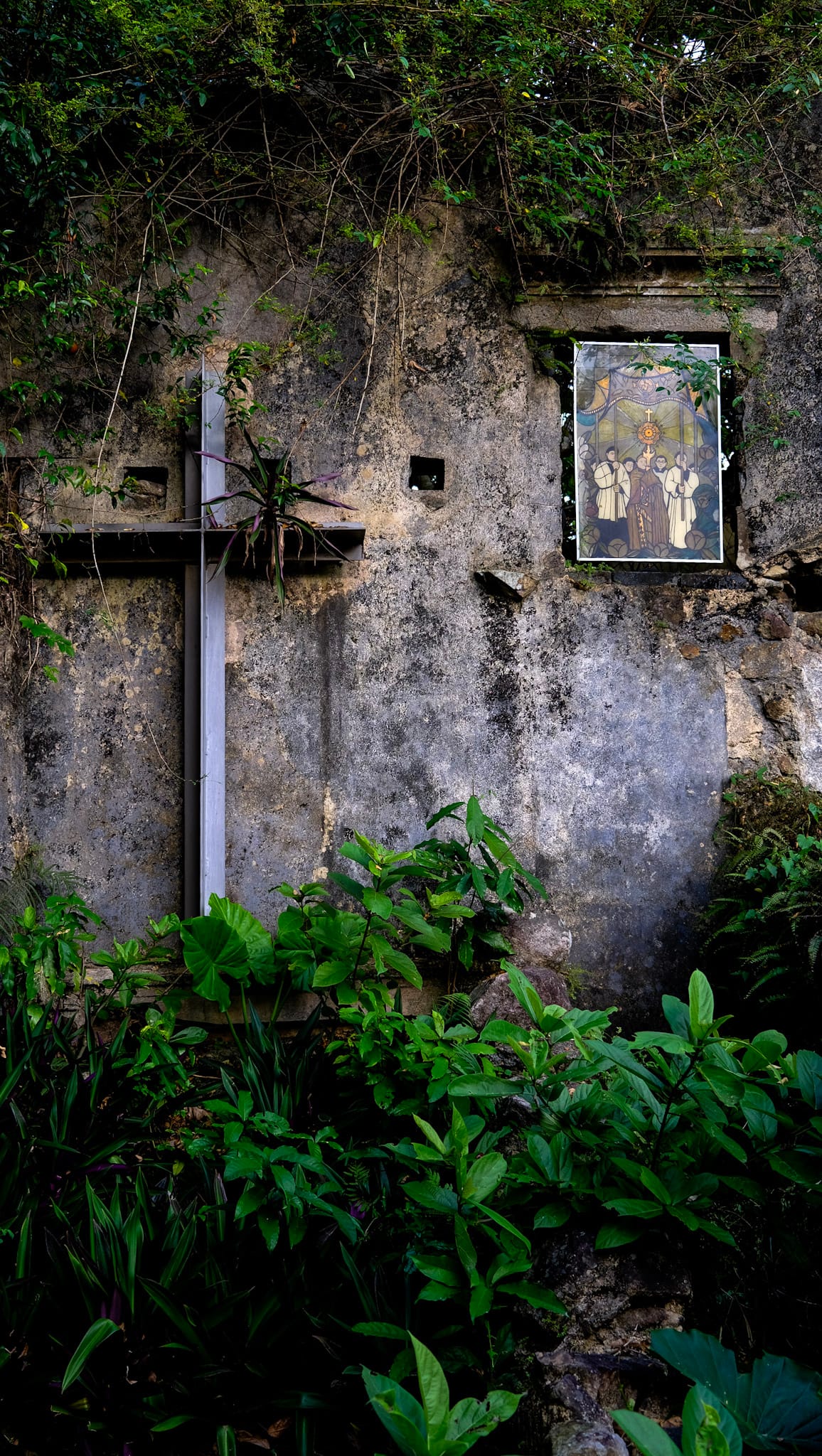
In the many abandoned buildings and structures around the chapel, pay tribute to the Catholic heritage of the island. There is a mini-representation of the stages of the cross, along with a small museum recounting the history of the island. The path winds around the half-kilometre island and up a few small hills, offering lovely views of the bay. The Jockey Club Golf Course is nearby as well.
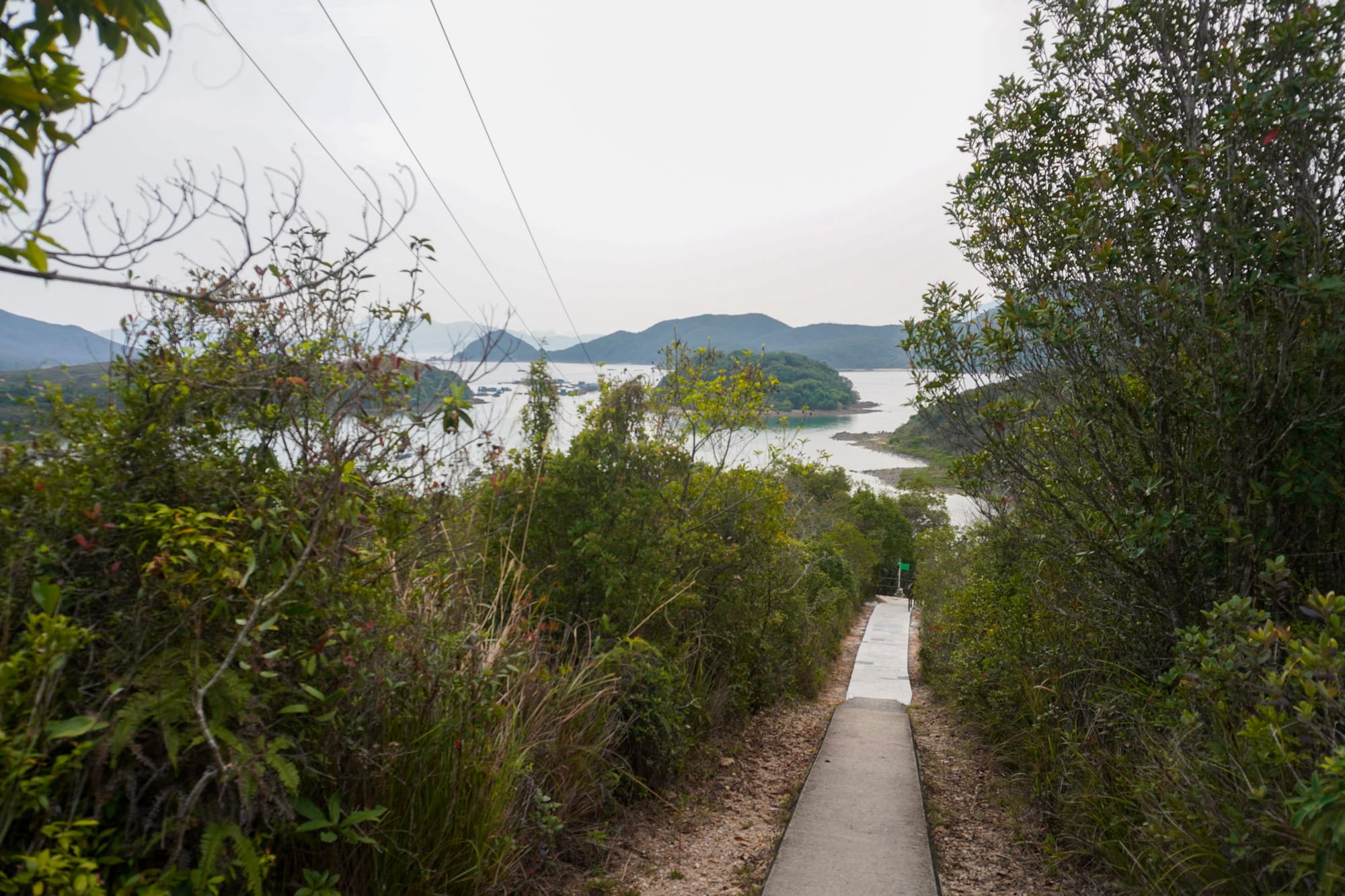
The final stretch of the walking path leads back down into the plains in the middle of the island, where it is flat. It is here that the Hakka clan, which came down from China, founded the island and established villages by producing salt. The first settlers arrived in the 1670s. The plain would be flooded by the seawater and emptied with the tide, making it ideal for salt production. With competition from China, Vietnam, and other cheaper sources of salt, many villagers have moved away from the village.
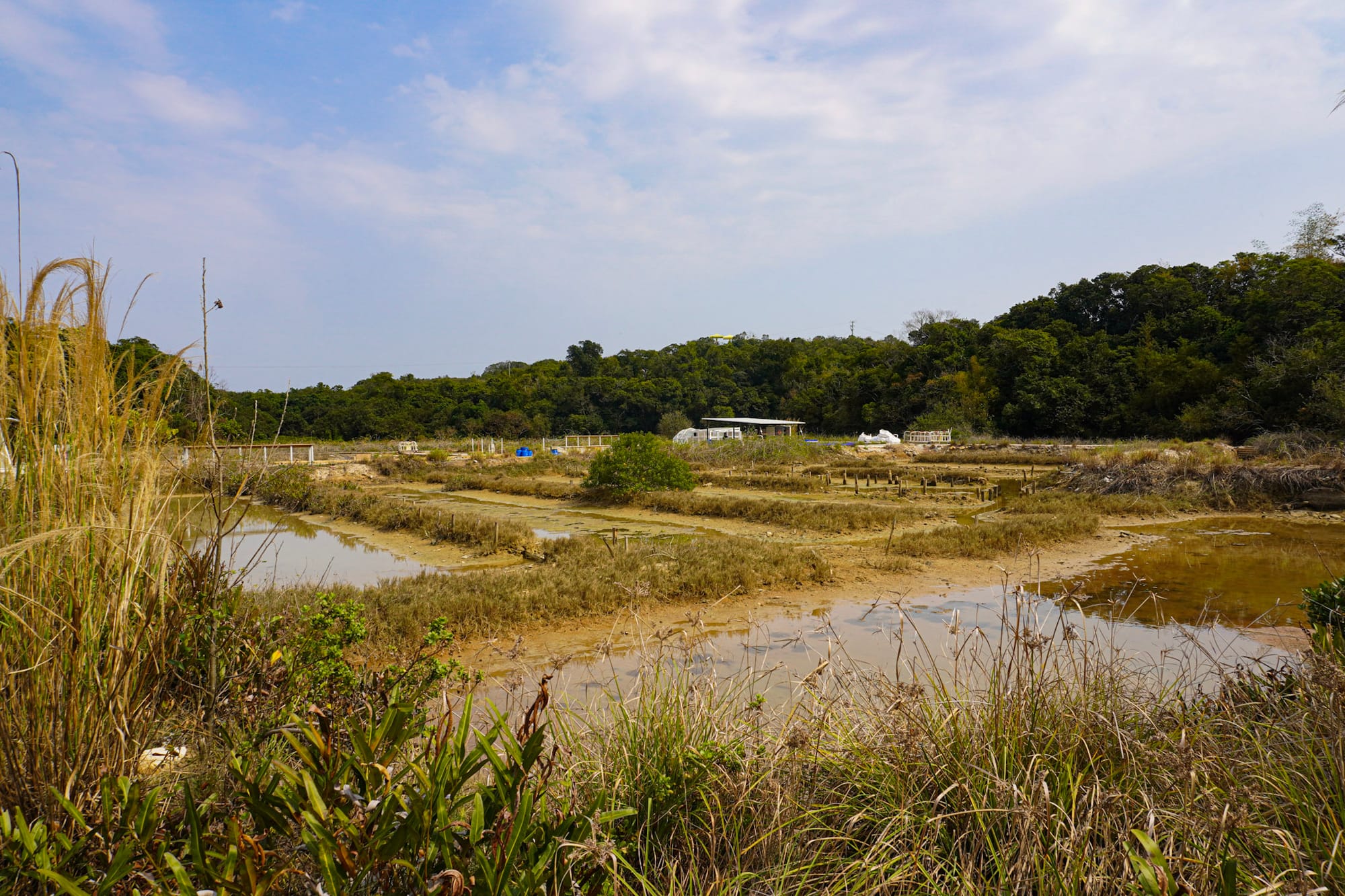
In 2011, the Salt and Light Preservation Centre was established to preserve and promote the activities on the island. Funds donated by companies, along with support from the government, have helped to restore many of the buildings, including the chapel and the paved pathway around the island. In 2015, the island received a UNESCO distinction for preserving its unique way of life.
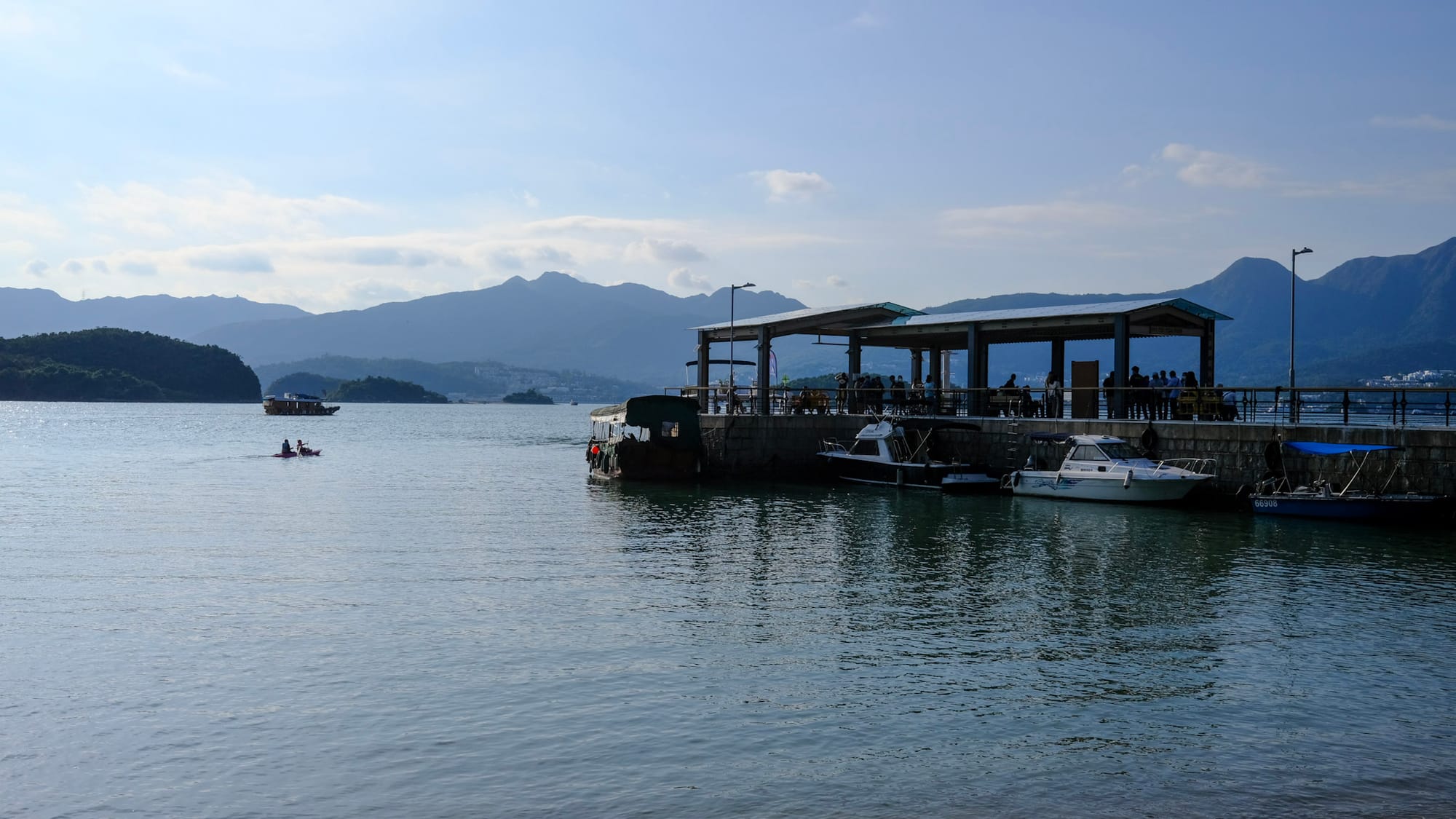
The path around the island returns to the pier with a small cafe and we wait for the boat to take us back to Sai Kung Pier.
